
Oscar Schindler’s Factory

History
Oskar Schindler’s Enamelware Factory is located in the building of the former enamelware factory known as Oskar Schindler’s Deutsche Emailwarenfabrik (DEF).
Before World War II, from 1937, the First Malopolska Factory of Enamelware and Tinware „Rekord” operated here.
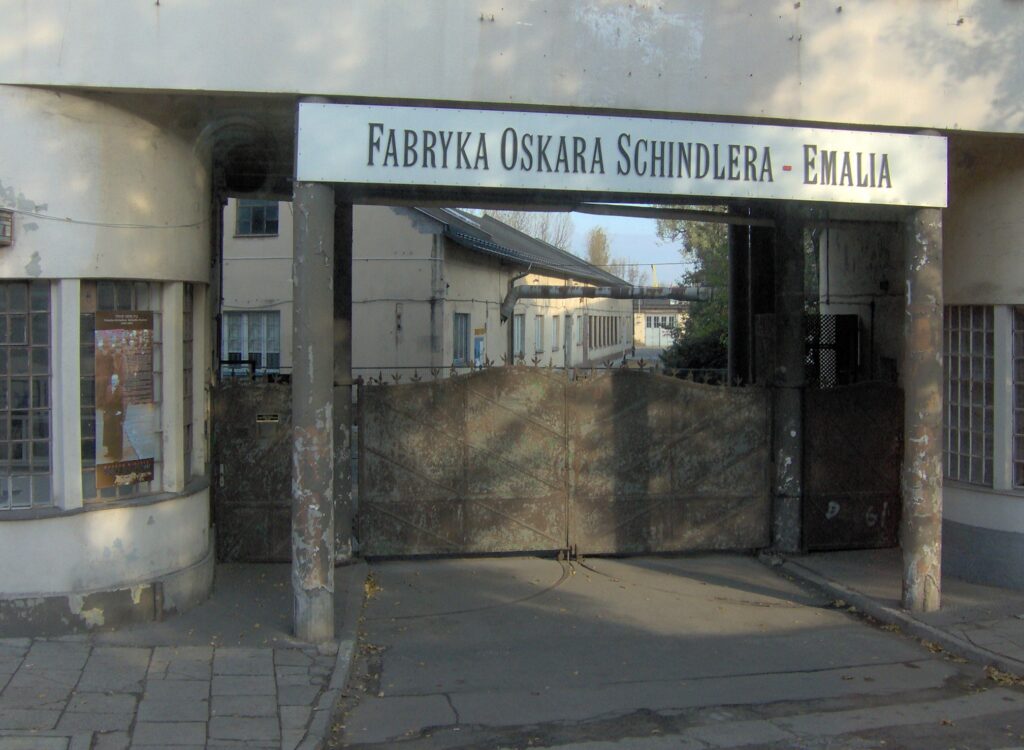
After the outbreak of war, Oskar Schindler, a member of the NSDAP and an agent of the German military intelligence service, the Abwehr, came to Krakow. Schindler initially became the trustee of a Jewish cookware store on Krakowska Street, and in November 1939 took over the trustee management of the „Rekord” company, which was in bankruptcy.
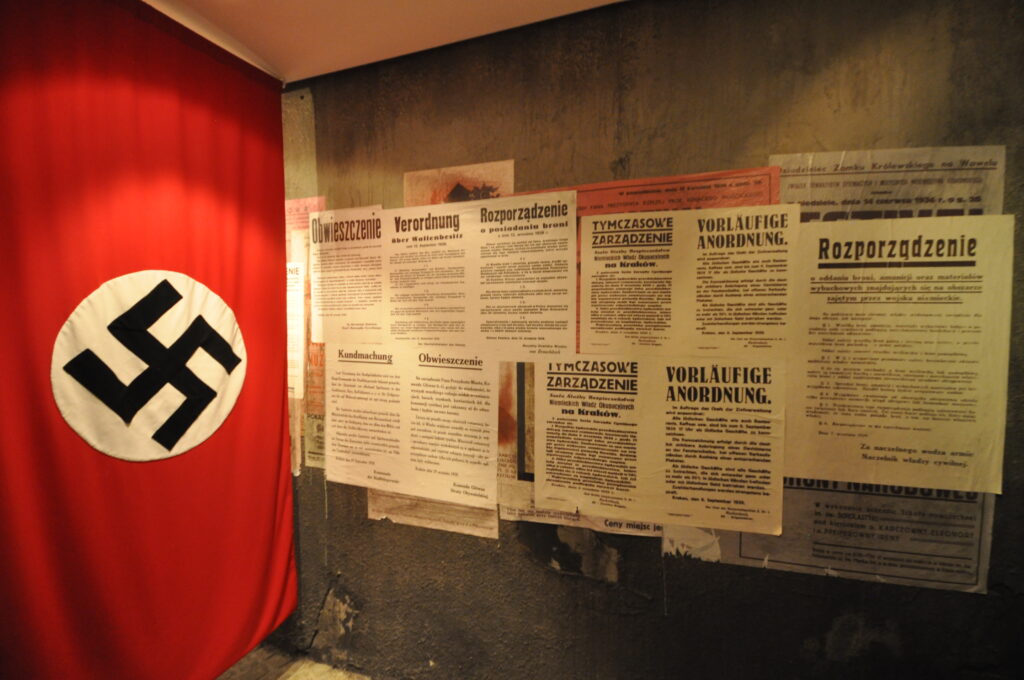
On January 15, 1940, Schindler leased factory buildings and purchased finished goods and semi-finished products, using capital contributions from Jewish shareholders. He also changed the factory’s name to Deutsche Emailwarenfabrik – DEF.
Schindler did not become the legal owner of the company until 1942.
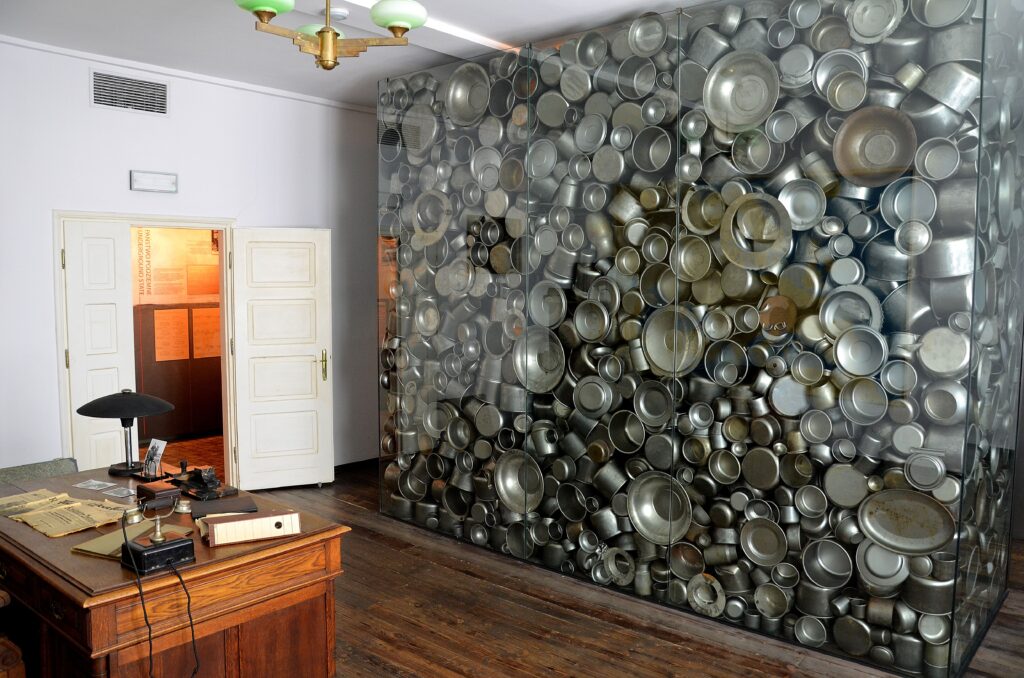
After taking over the factory, Schindler began to expand it according to the plans prepared by the former shareholders of „Rekord.” In doing so, he used the capital of Jewish entrepreneurs, to whom in return he supplied goods or offered employment at DEF.
The plant produced enamelware according to the same technology used before the war. An armaments production department was also put into operation at the plant – menaeas for the Wehrmacht, shell casings and fuses for artillery and airplane shells – all so that the factory could support itself. Working conditions were harsh, especially in the positions at the enamel furnaces and at the sulfuric acid vats. Initially, the majority of the workers employed were Poles, but over time the number of Jewish workers increased.
The number of Jewish workers fluctuated from over 100 in 1940 to about 1,100 in 1944.
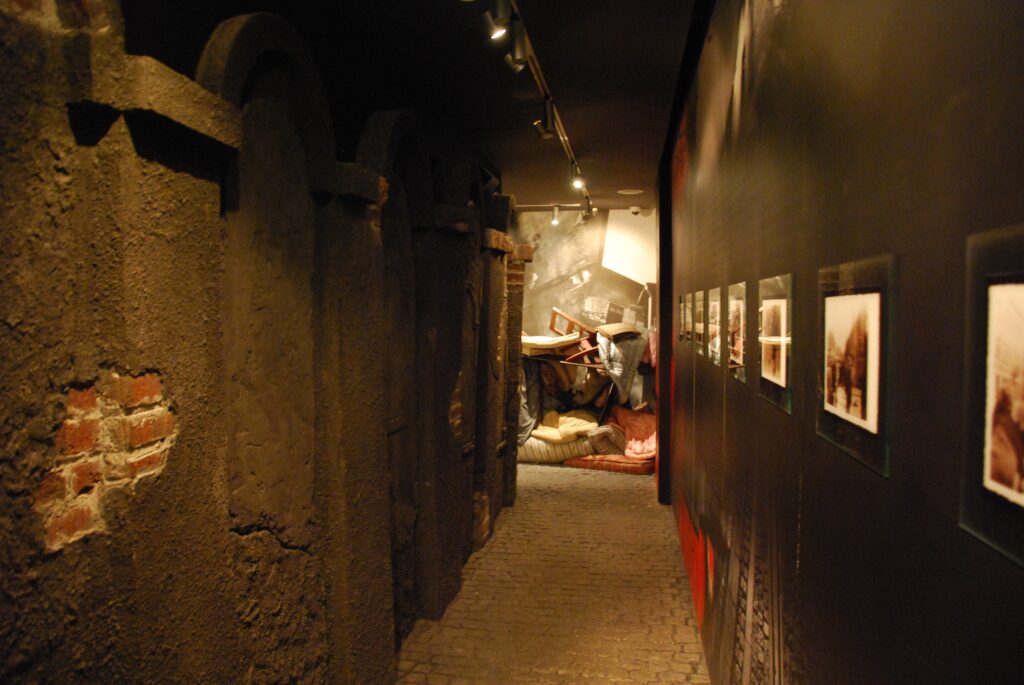
When the ghetto was „liquidated” in 1943, the Krakow Jews who had then escaped death were transferred to the Plaszow labor camp. Schindler then obtained permission to establish a sub-camp of the Plaszow camp on a parcel of land he had purchased, adjacent to the DEF, where employees of Emalia and three neighboring companies producing for the German army were placed.
Food conditions here were much better than in the Plaszow camp, especially because of the cooperation with Poles and the possibility of contact through them with the city.
Production at the factory and the camp were often subjected to inspections, but thanks to Schindler’s efforts, however, these inspections were not so onerous for the factory workers. This changed in January 1944, when the Zabłocie prisoners were also placed under permanent SS control. Work initially lasted 12 hours in a two-shift system, later 8 hours in a three-shift system.
When the eastern front began to approach Krakow and the Germans began liquidating camps and prisons in the east of the General Government, Oskar Schindler decided to evacuate the armaments factory and its employees to Brünnlitz in the Czech Republic. Some 1,200 prisoners worked there until May 8, 1945, when the Red Army liberated them.
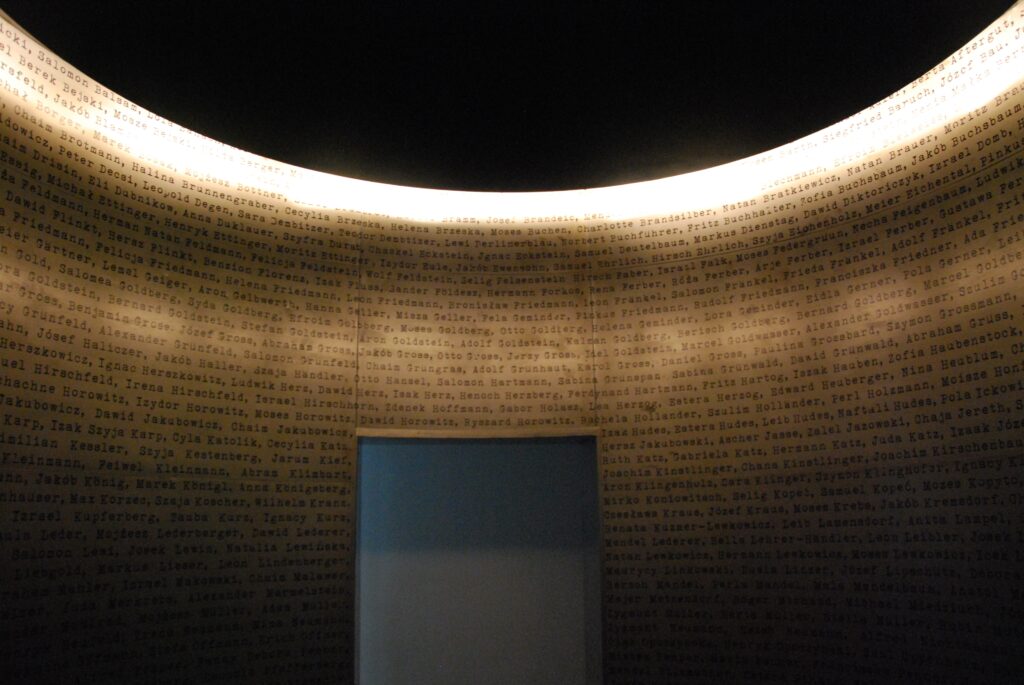
Oskar Schindler’s story has been described in Thomas Keneally’s book „Schindler’s Ark,” which was the basis for the film „Schindler’s List,” directed by Steven Spielberg.
Surviving Jewish workers gave Schindler and his wife a letter describing his activities during the war, allowing him to get to Germany safely.
After the war ended, Schindler kept in touch with the Jews he had saved. Thanks to their support, he traveled to Argentina, but after some time he returned to Germany, where he settled permanently.
In 1963, Oskar Schindler was awarded the title of Righteous Among the Nations (an honor bestowed by the Jerusalem-based Yad Vashem institute). He died in 1974 and, in accordance with his wishes, was buried in Jerusalem’s Catholic cemetery on Zion Hill.
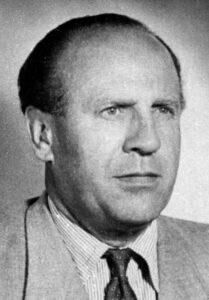
Follow us on:
Find more information at:
Krakow Travel
Oskar Schindler’s Enamel Factory
Kazimierz – the “Jewish city”
Wawel Royal Castle